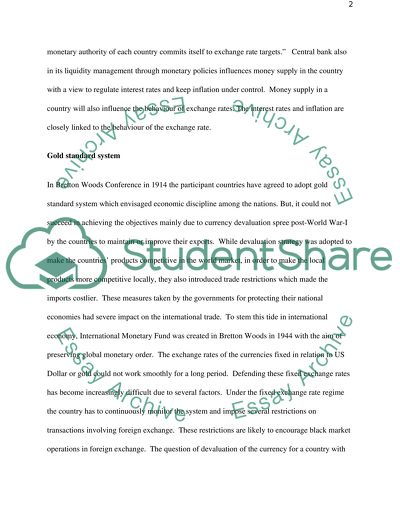Cite this document
(Exchange Rate as Important Measure of Economic Development Case Study, n.d.)
Exchange Rate as Important Measure of Economic Development Case Study. Retrieved from https://studentshare.org/macro-microeconomics/1472297-international-economics-and-finance
Exchange Rate as Important Measure of Economic Development Case Study. Retrieved from https://studentshare.org/macro-microeconomics/1472297-international-economics-and-finance
(Exchange Rate As Important Measure of Economic Development Case Study)
Exchange Rate As Important Measure of Economic Development Case Study. https://studentshare.org/macro-microeconomics/1472297-international-economics-and-finance.
Exchange Rate As Important Measure of Economic Development Case Study. https://studentshare.org/macro-microeconomics/1472297-international-economics-and-finance.
“Exchange Rate As Important Measure of Economic Development Case Study”, n.d. https://studentshare.org/macro-microeconomics/1472297-international-economics-and-finance.


